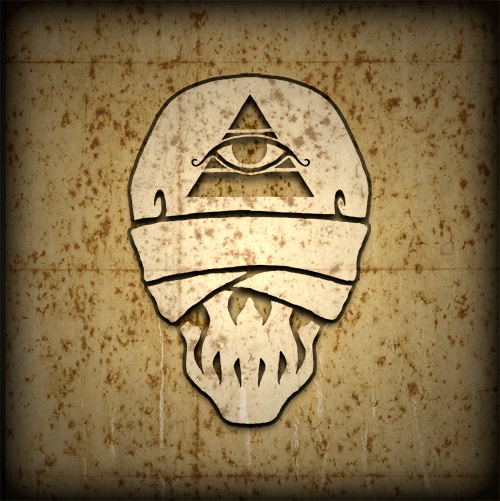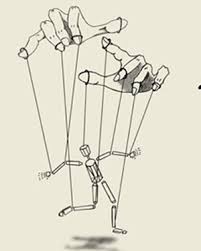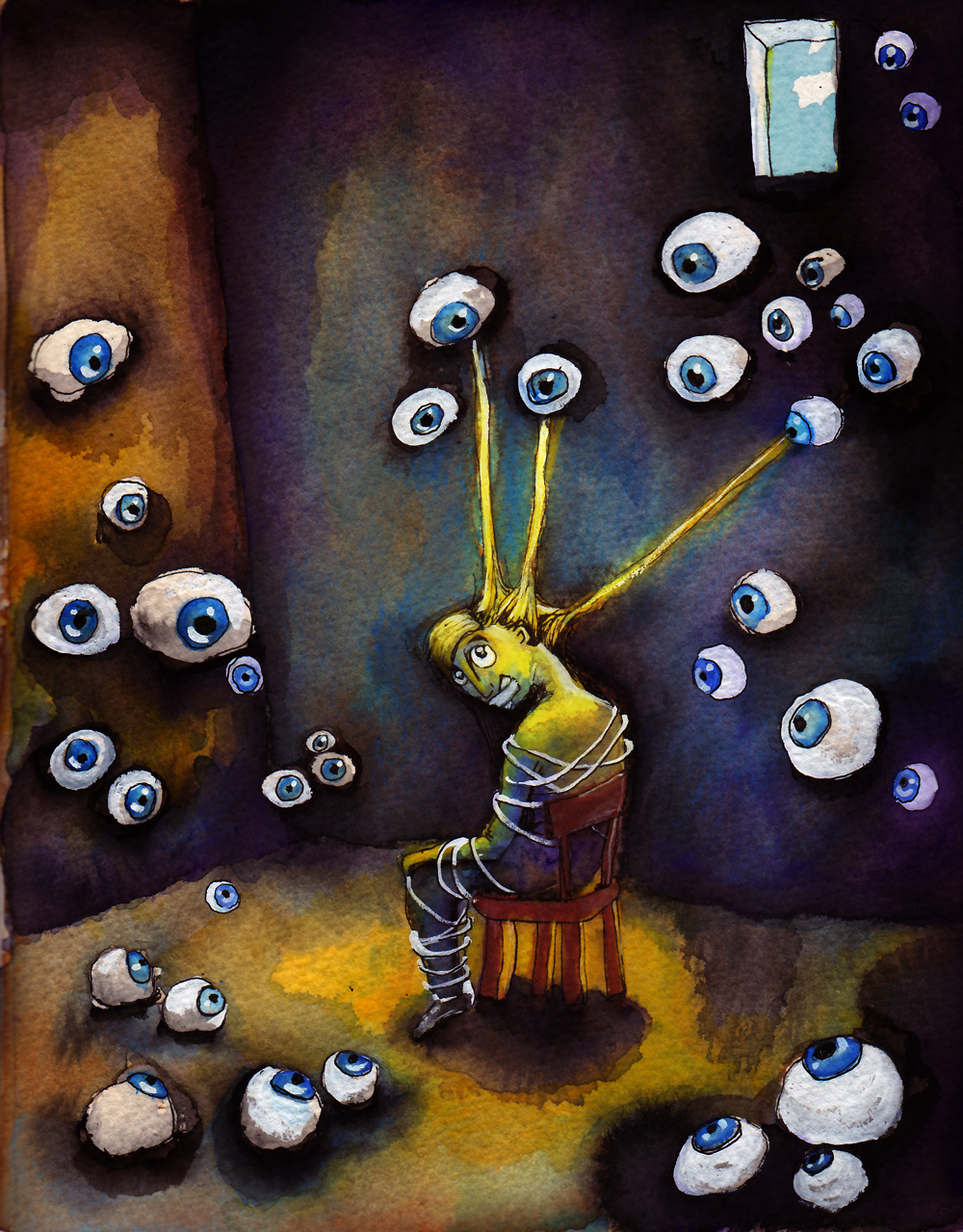I’ll come out and say it – I enjoy Stephanie Meyer’s Twilight series. Not so much the second installment or the insipid love story, but there are some nuggets of gold buried in that world. What if I wanted to explore the politics of the Volturi (think vampire secret police) or re-enact the Southern newborn wars?
Disclaimer: I own neither Vampire the Requiem or the Twilight series. This is nothing more than a silly little experiment.
Meyer’s Vampires
When I think of the vampires from the Twilight series, a couple of things jump to mind.
- They sparkle in the sun instead of burning
- They kill whenever they feed
- They are all supernaturally fast, tough, and strong.
- Newborn vampires are extra physically powerful for the first year of their life, but their self-control is rubbish.
- Some vampires get a bonus power ranging from telepathy, to extra strength, to just lookin’ pretty.
As eye-rolling as the sparkles are, I’m going to leave them in there purely to stay as true to the setting as possible. Non-lethal feeding is no longer an option, which I think could create some interesting implications for players to have to deal with. Sure, animals are an option, but they’re not exactly satisfying. It should’t be an easy way out. The physical aspects will be easy to recreate, as will the newborn instability, but the “bonus power” is a little tougher to quantify. The vampires in Twilight sadly don’t have clans so I’ll leave them out, but there’s nothing to stop you from including them if you really can’t bear the thought of your sparkle-pire not having a clan.
Creating your vampire
Start with normal character creation, leaving out disciplines for now. Do not assign clan.
All vampires have the following discipline spread:
- Vigor 3
- Resilience 3
- Celerity 3
That should produce something along the lines of what Meyer envisioned for her vampires.
Something extra special
There are a lot of options here. Choose one from the list below:
- Add an additional point of either Vigor, Resilience, or Celerity.
- Take the Striking Looks merit.
- Take an additional Attribute point.
- Take one of the many supernatural merits.
- Take one Discipline power. If you have the 4th level of Auspex, you do not have access to the previous powers. Exceptions for Disciplines such as Dominate or Majesty where some levels build on previous levels.
This won’t produce balanced results but I won’t lose sleep over that. Meyer’s vampires aren’t balanced and the different powers produce interesting results. Pick something too flashy and you’ll find yourself head-hunted by the Volturi. Literally or otherwise.
Feeding
So you can’t just take a little blood here and there. If you drink from a human and don’t drain them totally, they begin the process of becoming a vampire themselves. It’s an agonising 3-day process so unless you have somewhere to store a screaming, thrashing body for 72 hours, don’t leave any blood behind. I recomend applying the usual “hunger” modifiers to resisting Frenzy as the lower on blood a vampire gets, the less self-control they have. Also their eyes turn black for some reason.
It is possible to feed from animals, but it shouldn’t be easy. I suggest giving players who want to take the “vegetarian” route a permanent Tempted 1 condition or in some way penalising their frenzy rolls when in the presence of blood. Vampires who feed on the blood of animals exclusively have golden irises.
Newborns
If you’ve been a vampire for less than 12 months, you get a mixed bag of benefits and drawbacks. Newborn vampires have Vigor 5 for the first year, but suffer from penalised Frenzy rolls. Let’s give them a flat -2 to resist Frenzy, -5 when in presence of blood. Better hope you’ve got a good sire to keep you out of trouble. Also your eyes are a vibrant red, even if you immediately adopt an animal-only diet.
Death
The surefire way to dispose of a vampire in Meyer’s world is to tear the body to pieces and burn it. Fire does aggravated damage to vampires and if they’re unlucky enough to be decapitated and have their head cremated, it’s game over. The other source of Agg vampires have to fear comes in the form of a big furry wolf. Werewolves are designed to kill vampires and their teeth tears through dead flesh like butter.
Summary
I’m not going to lie, I’d be sorely tempted to run a game set in this world and see how long it’d take my players to figure out. Though now I’m sure any session of Requiem I run will be treated with suspicion. Would you play a game set in Meyer’s world? Am I the only one who really unironically enjoys Eclipse? What would you change about my suggestions if you were to run Twilight the Requiem?
If you enjoyed this silly post, you can buy me a coffe (or more realistically, a tea) through my Kofi! Every donation is greatly appreciated. https://ko-fi.com/theladylarper














